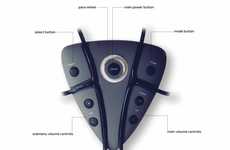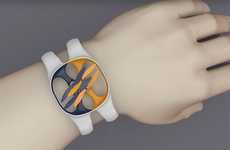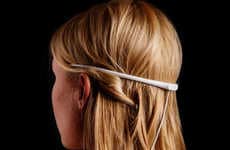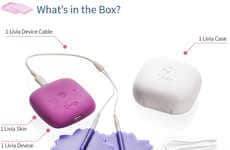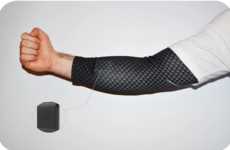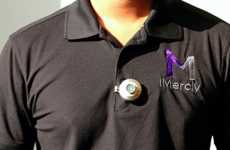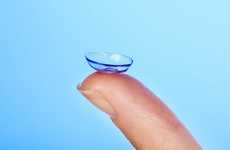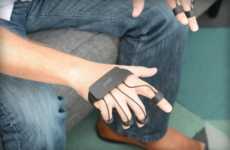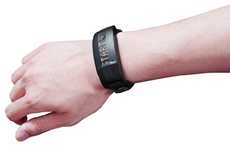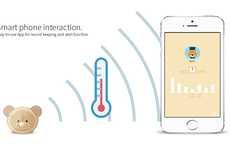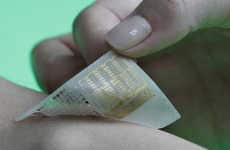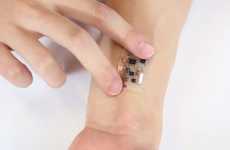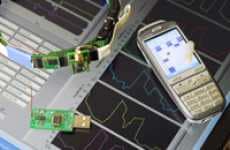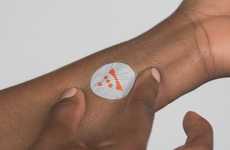
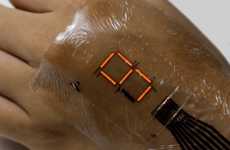


Wearable technology merges with the human body unintrusively
Implications - With the need for constant connectivity inescapable in the modern consumer’s lifestyle, wearable technology is becoming more adaptive to the human body through flexible adhesives that can be touched, scanned and tracked for an intuitive experience that is quickly becoming second-nature. As we move towards a future where technology becomes physically integrated into the human body, hesitant consumers are more likely to test out patch wearables that adhere to the skin for a more connected experience before committing to cyborg-style sub-dermal implants.
Workshop Question - How will your product be consumed in the near future as hyperconnectivity becomes the norm?
Trend Themes
1. Flexible Adhesives - The development of wearable technology through flexible adhesives that can be touched, scanned and tracked offers potential for a more connected experience before committing to cyborg-style sub-dermal implants.
2. Near Field Communication - The secure and versatile communication capabilities of near field communication technology present opportunities for applications in wearables, such as the Wearable Interactive Stamp Platform.
3. 3D Bio-printing - The potential for tailored bio-printed wound dressings can alleviate risks of infection and promote healing that could be implemented in other medical applications in the future.
Industry Implications
1. Fashion and Apparel - Flexible adhesives can be applied in various wearable items such as clothes, shoes, and accessories.
2. Healthcare - The use of e-skin technology and 3D bio-printing offer potential applications in the healthcare industry, such as patient monitoring and wound care.
3. Technology - Near field communication technology enables wearable devices to communicate with nearby devices or systems, presenting opportunities for the development of new wearables.









